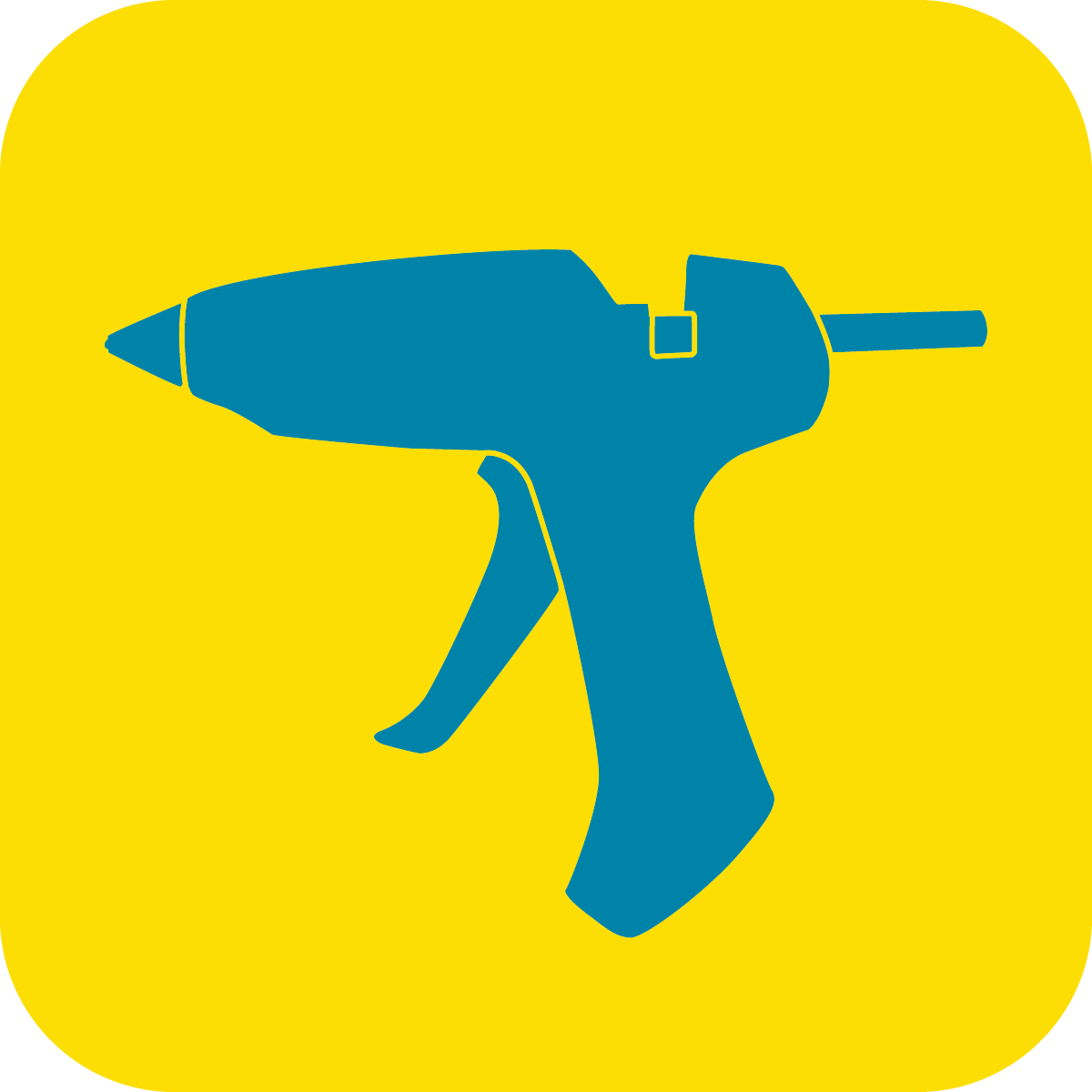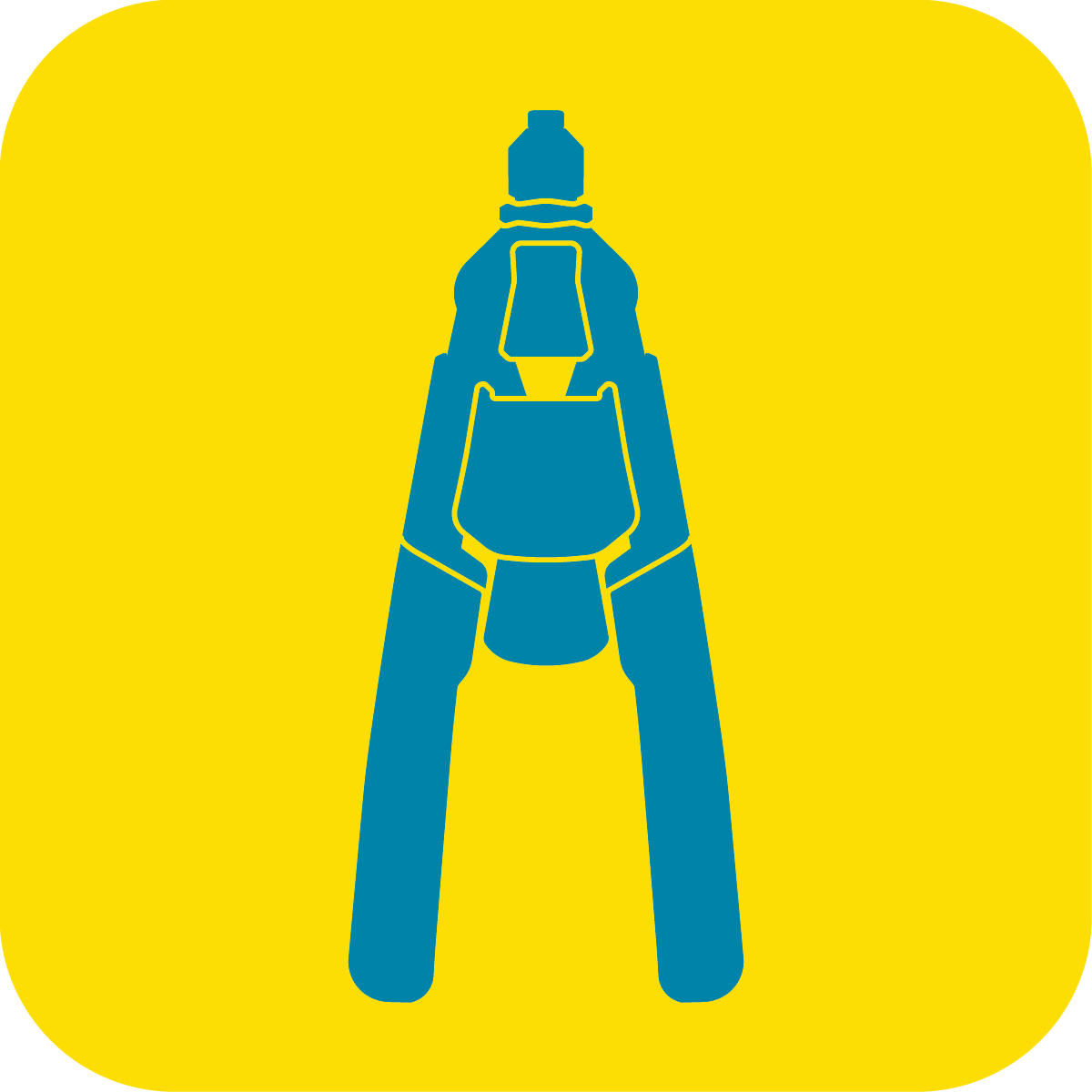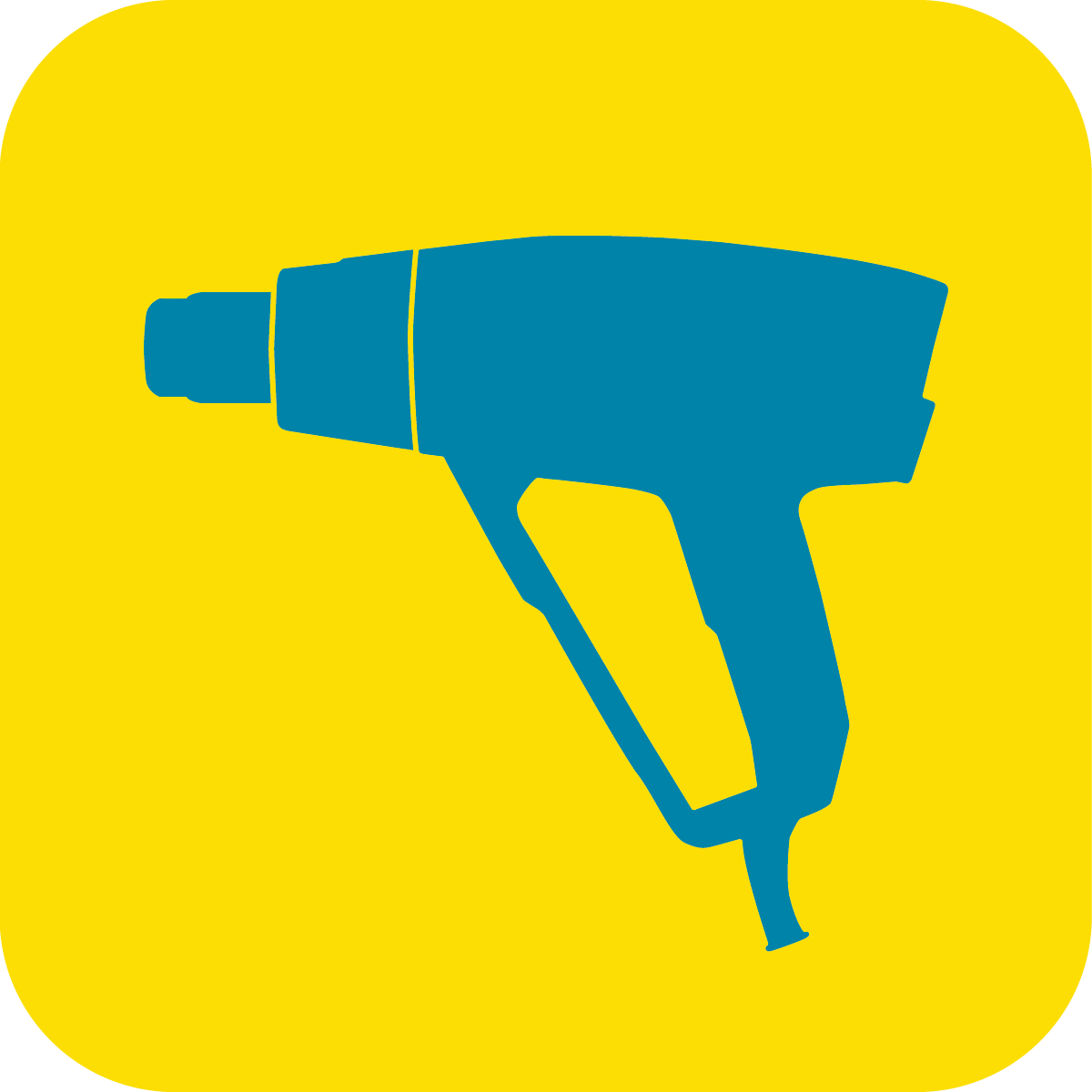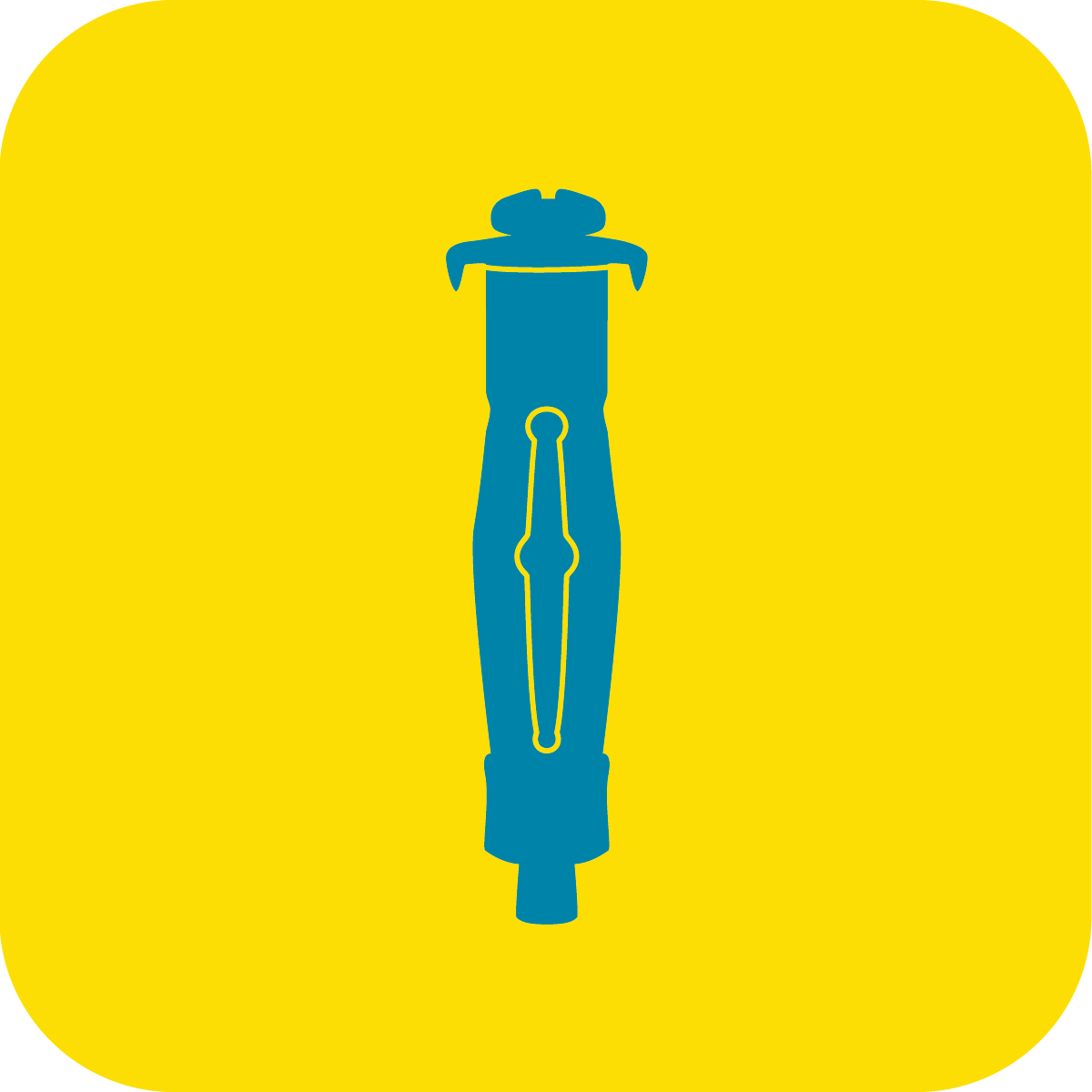Three common hot air gun applications and how to do them
Applying heat-shrink tubes
With a heat-shrink tube, you can effectively isolate cables and protect them from wear and tear, as well as tighten joints and cover over any damage. The absolutely safest and most effective method for applying heat-shrink tube is to use a hot air gun with a reflector nozzle.
Here’s what you do:
Stand the hot air gun with the nozzle upwards on a workbench or other stable work surface. By all means put on a reflector nozzle. This makes the job easier, and also increases safety if you’re working with a lot of heat-shrink tubing. Thread heat-shrink tube onto the cables to be repaired or protected. Set the hot air gun’s temperature control to position II (medium heat). Put on a pair of work gloves and hold the cable at both ends. Position the part with heat-shrink tube in the air jet and heat all around it until the tube is tight enough around the cable.
Removing stickers
With a hot air gun, you can easily remove transfers and stickers from most underlying surfaces, such as wood, metal, plating and hard plastic. The most important thing is not to set the temperature too high. Otherwise, the surface under the sticker can be damaged.
Here’s what you do:
Put a wide spread nozzle on the hot air gun, and set the temperature control to position I (low heat). Turn on the hot air gun, and let it warm up. Hold the nozzle a few centimetres from the sticker and gently heat it until the glue softens. You can then carefully remove the sticker. If it takes a long time for the glue to soften, you can try increasing the temperature to position II (medium heat), but be careful not to damage the underlying surface.
Bending plastic pipes
Plastic pipes are becoming more common in many homes, and are used for everything from wastewater to heating systems and cabling. But you often need to bend the pipe yourself. With a hot air gun, it’s easy to soften the pipe so that it can be reshaped. But don’t forget that you first need to fill the pipe with sand to prevent it from cracking when you bend it.
Here’s what you do:
Set the temperature control to II (medium heat). Turn on the hot air gun, and let it warm up. Put on a pair of work gloves. Hold the nozzle a little away from the pipe when you start and adjust the distance gradually when you see how the material is reacting. Move the nozzle back and forth along the part of the pipe to be bent. Turn the pipe at the same time so that the heat is evenly distributed all around. When the material is soft enough, take hold of the pipe on both sides of the soft part, and bend it slowly to the desired angle. Cool the tube in cold water or let it cool down by itself.
Choosing the right hot air gun for your project
All of the hot air guns in our range provide a sufficiently high temperature and air flow to be used for the above projects. What you need to consider above all is that hot air guns with a low air flow are most effective when you are working on smaller areas. On larger areas and for major projects, we recommend a hot air gun with a high air flow, so that you can work as quickly and efficiently as possible. If you intend to use the hot air gun for several different types of projects, it’s a good rule of thumb to choose a model that has many different settings for temperature and air flow.








